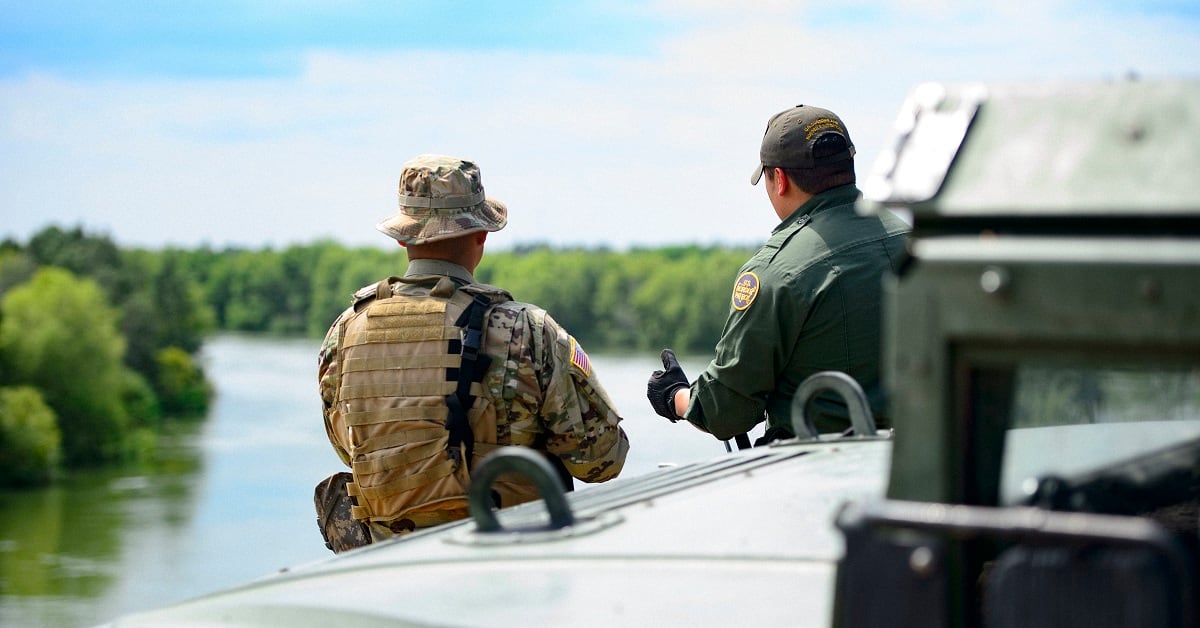Four years into the National Guard’s deployment to the U.S.-Mexico border, the number of troops assigned to the mission has slowly come down, but there have been no indications from civilian or military leadership that there is an end in sight.
Sending those troops home will depend largely on the Homeland Security Department’s ability to surveil the border and prevent illegal crossings on its own. And troops should not be a go-to option for doing that, the head of U.S. Northern Command told lawmakers Thursday.
“I think, long term, this is not an enduring mission of the Department of Defense,” Air Force Gen. Glen VanHerck said during a Senate Armed Services Committee hearing. “We need to fully fund and resource DHS to do their mission, and the DoD should be used in extremis times for the support on the border mission.”
There are roughly 2,500 [federalized] National Guard troops still stationed along the border, VanHerck said, which is down from a high of about 5,000 in 2019. As part of Task Force Legion they help with surveillance, intelligence analysis and aviation support, so that border patrol can focus on detention and processing.
“And my assessment is for the most part, they’re resourced to where they need to be,” he said, when asked by Sen. Mark Kelly, D-Arizona. “They could have additional resources for observation, detection and monitoring, those kinds of things, from DHS.”
RELATED

The number cited by VanHerck does not include Guard members deployed to the border under state control by their governors, such as in Texas.
While some active duty Army and Marine Corps units deployed to the border in 2018, after then-President Donald Trump declared a national emergency in response to the flow of migrants, the mission has been almost entirely a National Guard one in the past couple of years.

President Joe Biden, on the day of his inauguration in 2021, canceled that national emergency. Troop levels have since come down, but DHS has continued to renew its request for assistance on behalf of Customs and Border Protection.
The Defense Department has continued to fulfill those requests, with no signs they they intend to decline any in the future.
“I’ve talked to the [Homeland Security] secretary on a number of occasions, and we both agree that our goal is for them to develop the capability to conduct operations on their own,” Defense Secretary Lloyd Austin told Military Times during a Pentagon briefing in November. “And so over time you’ll see our presence diminish or — and — and you’ll see Homeland Security take this over on their own.”
But no benchmarks or timelines have been set to gauge progress.
“You know, I don’t have a specific date to put a pin on at this point in time,” Austin said. “But I would tell you that we’re moving in the right direction.”
Meghann Myers is the Pentagon bureau chief at Military Times. She covers operations, policy, personnel, leadership and other issues affecting service members.





